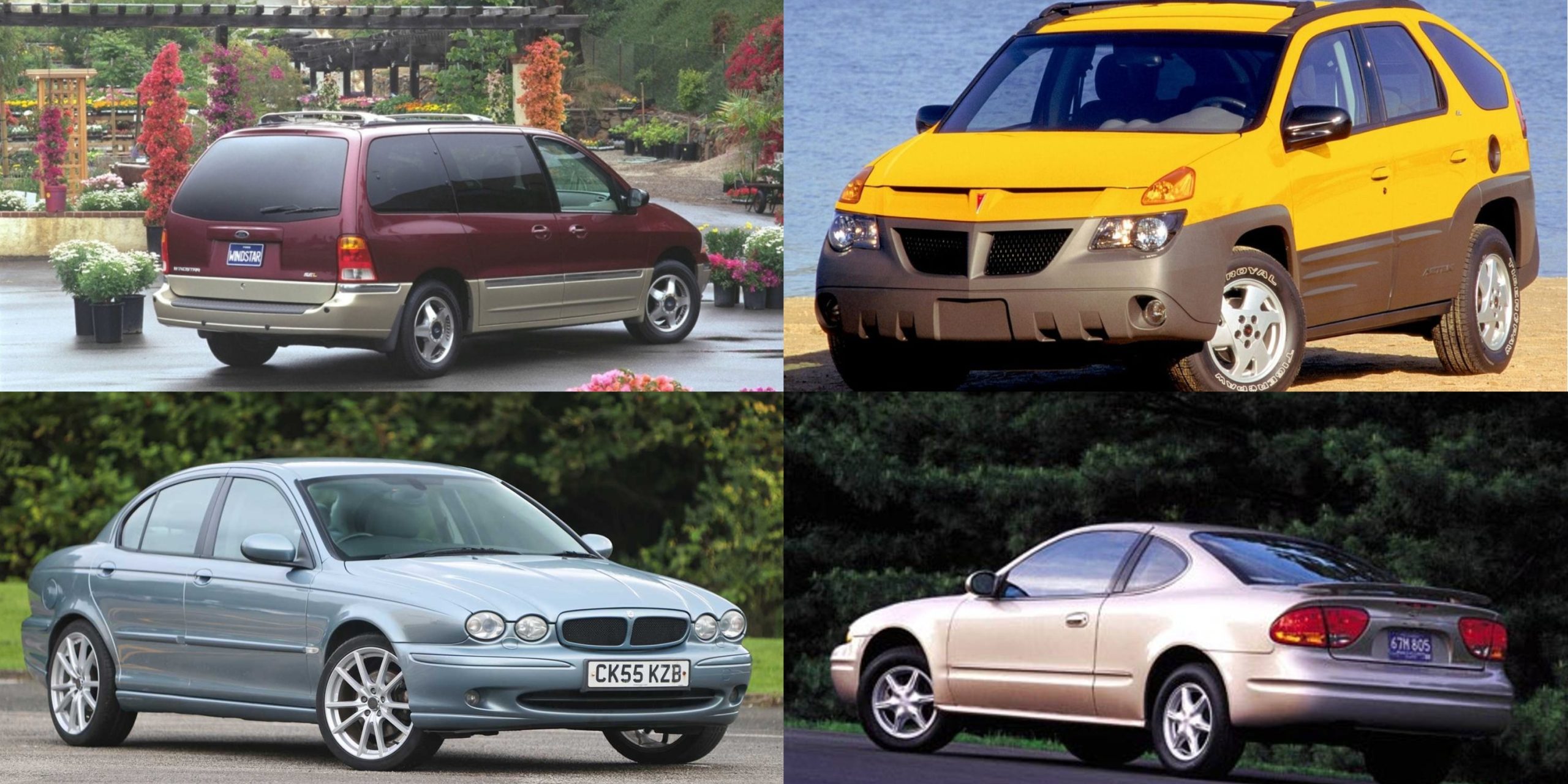Buying a car on a budget doesn’t have to mean settling for a junker that dies a week after the title changes hands. If you’ve got $7,000 in your pocket, you can still find a solid, reliable used car that won’t leave you stranded or cost a fortune in repairs.
But for every great deal out there, there’s also a rolling disaster waiting to drain your bank account and test your patience.
In the vast sea of used car lots, it’s tough to tell the hidden gems from the financial sinkholes. That’s where this guide comes in. We’ve compiled a list of seven used cars that are known to be dependable, affordable, and still have some life left in them for under $7K.
On the flip side, we’ll also highlight seven models you should avoid at all costs—cars that are either mechanical nightmares or money pits, even when they’re practically free.
So, whether you’re shopping for a commuter, a first car, or just something to get you from point A to B, here’s your guide to used cars under $7,000—both the ones to chase and the ones to crush.
Also Read: 5 Worst and 5 Best Luxury Car Brands That Never Disappoint
7 Used Cars That Start Under $7K
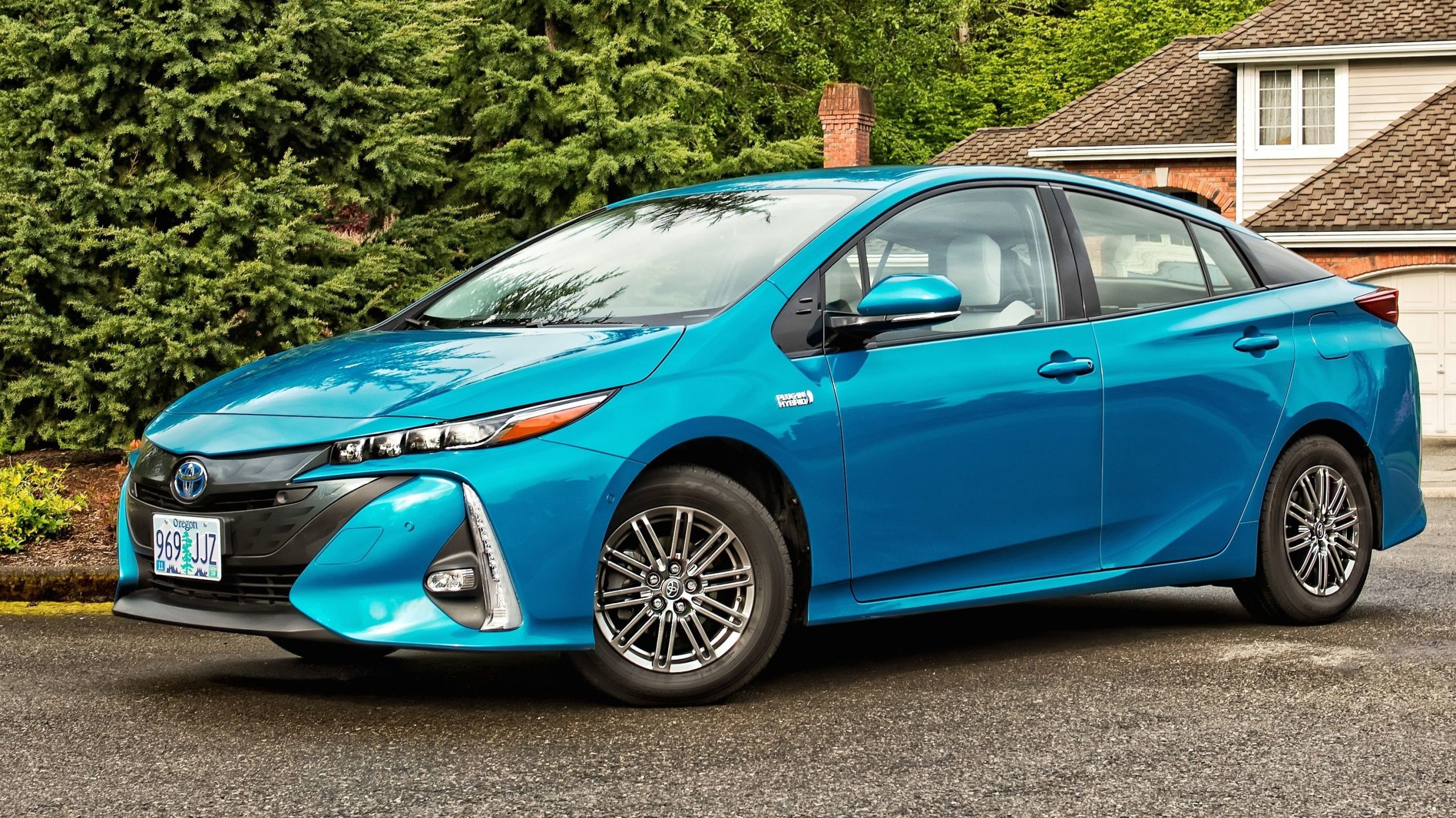
2004–2009 Toyota Prius
The second-generation Toyota Prius is the definition of “smart money.” With a bulletproof hybrid drivetrain and exceptional fuel economy (around 45 mpg), this car is ideal for commuters and eco-conscious drivers.
Even with high mileage, the Prius holds up impressively well thanks to Toyota’s reputation for reliability. The battery can last over 200,000 miles, and replacements are now more affordable than ever.
Maintenance on a Prius is straightforward. While people often fear hybrid systems, the truth is that routine service—oil changes, brakes, tires—is standard fare.
Many mechanics know these cars inside and out. Parts are widely available, and online communities make diagnosing problems easier. As long as you avoid flood-damaged or salvaged units, you’ll get a great deal.
Owners rave about the practicality of the Prius. Its hatchback design offers more cargo space than you’d expect, and the ride is smooth and comfortable for everyday driving.
The tech may feel a little dated in older models, but if you’re focused on efficiency, few cars can match its value at this price point.
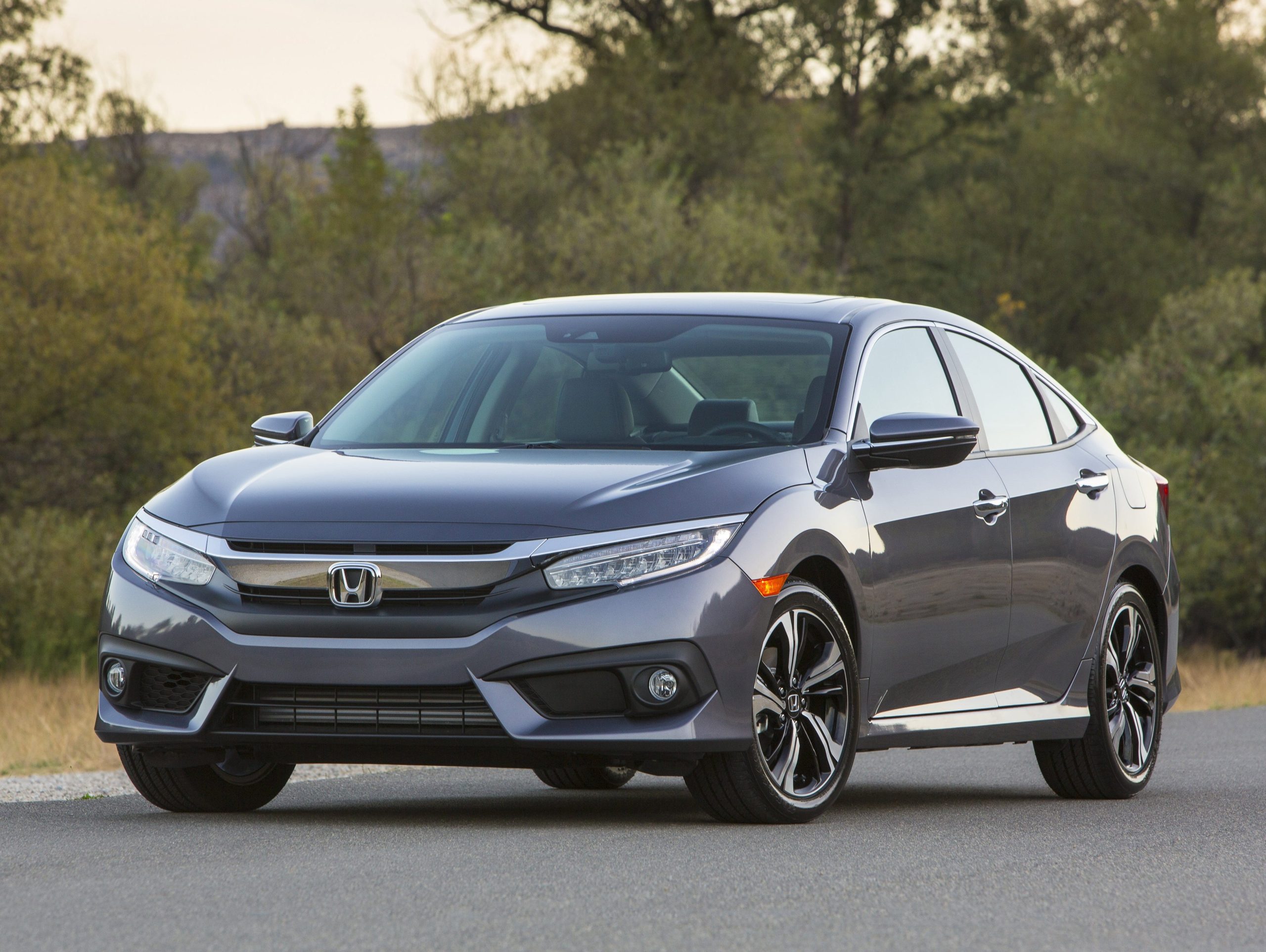
2006–2011 Honda Civic
The eighth-generation Honda Civic is a favorite among used car buyers for good reason: it’s reliable, efficient, and fun to drive. With fuel economy around 30–35 mpg and a reputation for engines that go well beyond 200,000 miles, the Civic is ideal for anyone seeking a dependable daily driver.
Maintenance is cheap and simple. Parts are plentiful, and because this model is so common, labor costs tend to be lower since mechanics work on them all the time.
Plus, the Civic’s sturdy 1.8L engine and solid transmission make it a champ under the hood. Just make sure to avoid models with excessive rust or aftermarket modifications that may have been poorly done.
What really sets the Civic apart is its versatility. Whether you’re a student, a working professional, or a parent, the Civic’s blend of style, performance, and efficiency hits all the right notes. Even after 15+ years, they hold their value surprisingly well—proof of how much people trust this car.

2005–2008 Toyota Corolla
The Corolla is synonymous with reliability, and models from this generation are no exception. Under the hood, you’ll find Toyota’s tried-and-true 1.8L 4-cylinder engine, which is known to reach 250,000+ miles with proper care. Even if you’re buying one with high mileage, odds are good it’s still got years of life left in it.
These Corollas are also extremely easy to maintain. Regular oil changes, spark plugs, and timing belt services are about all they need.
They’re also immune to many of the transmission issues that plagued competitors during the same era. Just make sure the suspension and brakes are in good shape, and you’re good to go.
People often overlook the Corolla because it’s not flashy, but for sheer practicality, it’s hard to beat. The ride is quiet and comfortable, the back seat is surprisingly roomy, and the gas mileage—around 30–35 mpg—is nothing to sneeze at. It’s a no-nonsense car that just works.
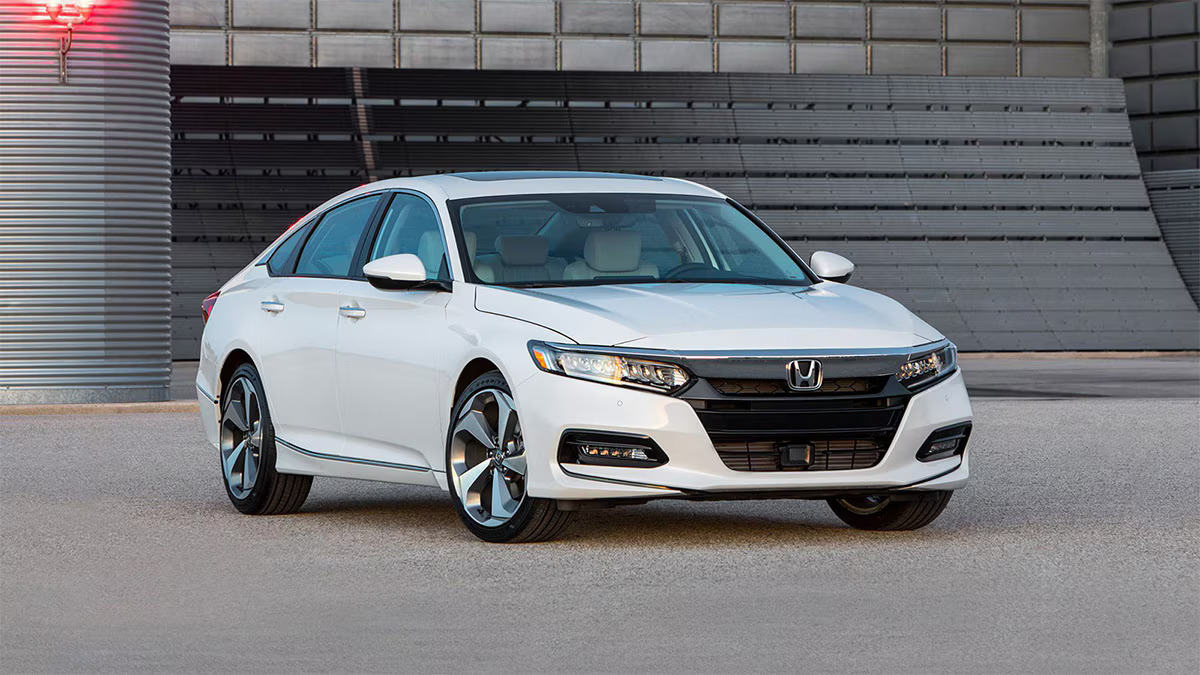
2004–2007 Honda Accord
If you’re looking for something a bit more spacious than a Civic, the seventh-gen Accord is the perfect balance between comfort and reliability.
These models come with either a 2.4L 4-cylinder (recommended for reliability) or a 3.0L V6, and both deliver a comfortable driving experience with respectable fuel economy.
The Accord’s real strength is its build quality. The interior feels more refined than many cars in this price range, and you’ll often find leather seats, a sunroof, and premium sound systems for under $7K. These cars were built to last, and it shows in how they drive and age.
As long as you stay on top of basic maintenance, especially with timing belt replacements in the V6, the Accord will keep ticking for years. It’s a great choice for highway commuters or anyone who needs a little more room without sacrificing dependability.
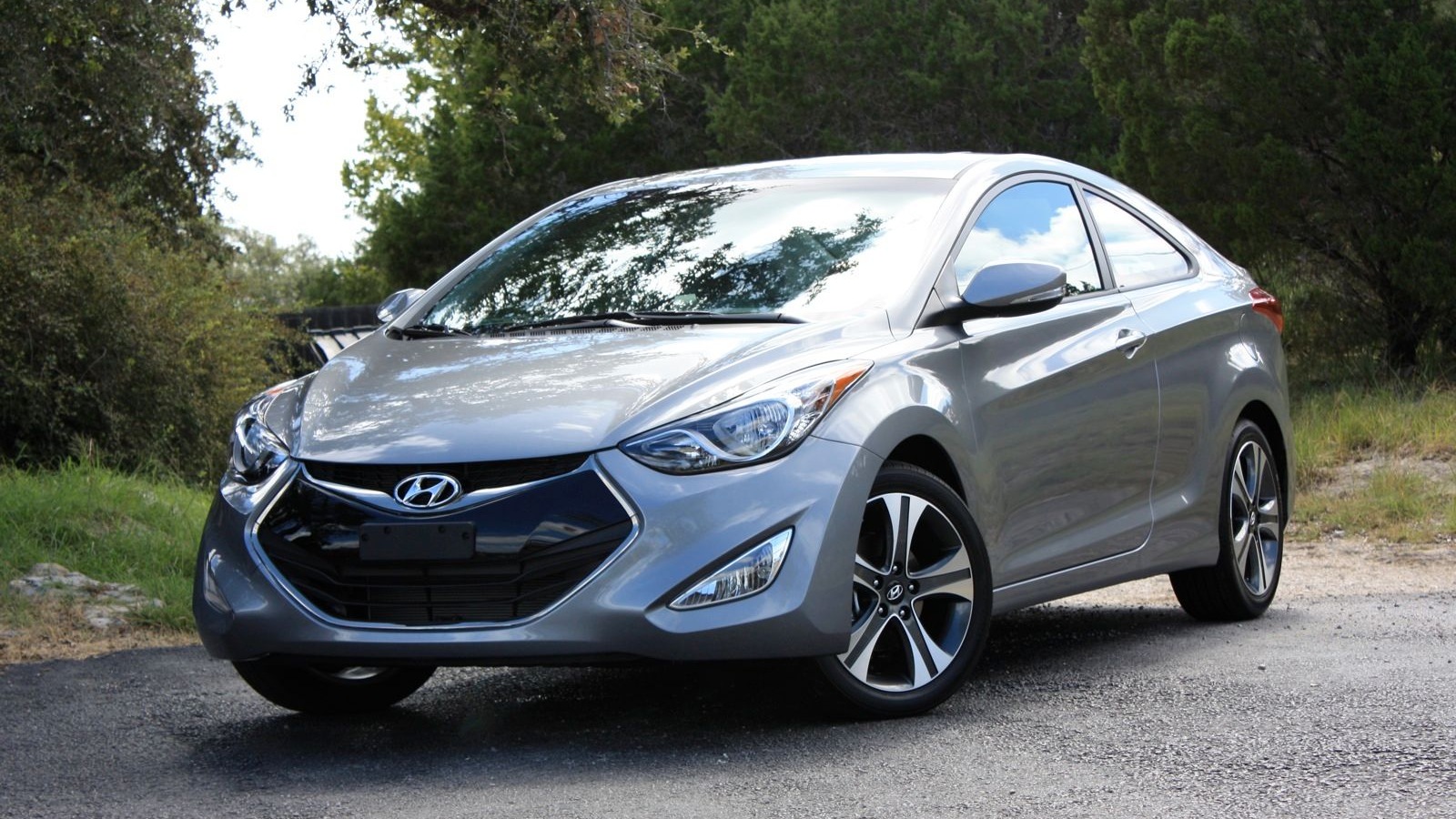
2007–2012 Hyundai Elantra
Hyundai didn’t always have the best reputation, but the Elantra from this era helped turn things around. With improved quality control, better design, and generous standard features, these compact sedans are surprisingly good buys. You’ll often find one-owner cars with under 120,000 miles in this price range.
The 2.0L engine is simple and durable, and transmission issues are rare. Maintenance costs are low, and many Elantras from this generation still qualify as good starter vehicles. Cabin space is solid, and safety features like side curtain airbags were standard even in lower trims.
People often sleep on the Elantra, but it offers an unbeatable combo of value, efficiency, and comfort for under $7K. If you want a newer car feel without the big price tag, this Hyundai is worth a look.

2009–2012 Ford Focus
The Ford Focus from this generation may not be flashy, but it’s dependable, cheap to maintain, and widely available. Its 2.0L engine is simple and efficient, and it holds up better than you might expect. These cars are great for city driving or student commuters.
Interior quality is decent, especially in SE and SEL trims, and you can find features like Bluetooth and keyless entry even in older models. Fuel economy sits around 27–35 mpg, depending on how you drive. These models were also relatively easy to repair, keeping maintenance costs low.
The Focus tends to get overlooked, but it’s a sleeper choice for people who need reliable transportation on a budget. As long as you avoid the first year of the newer generation (2012 automatic transmission woes), you’re in the clear.
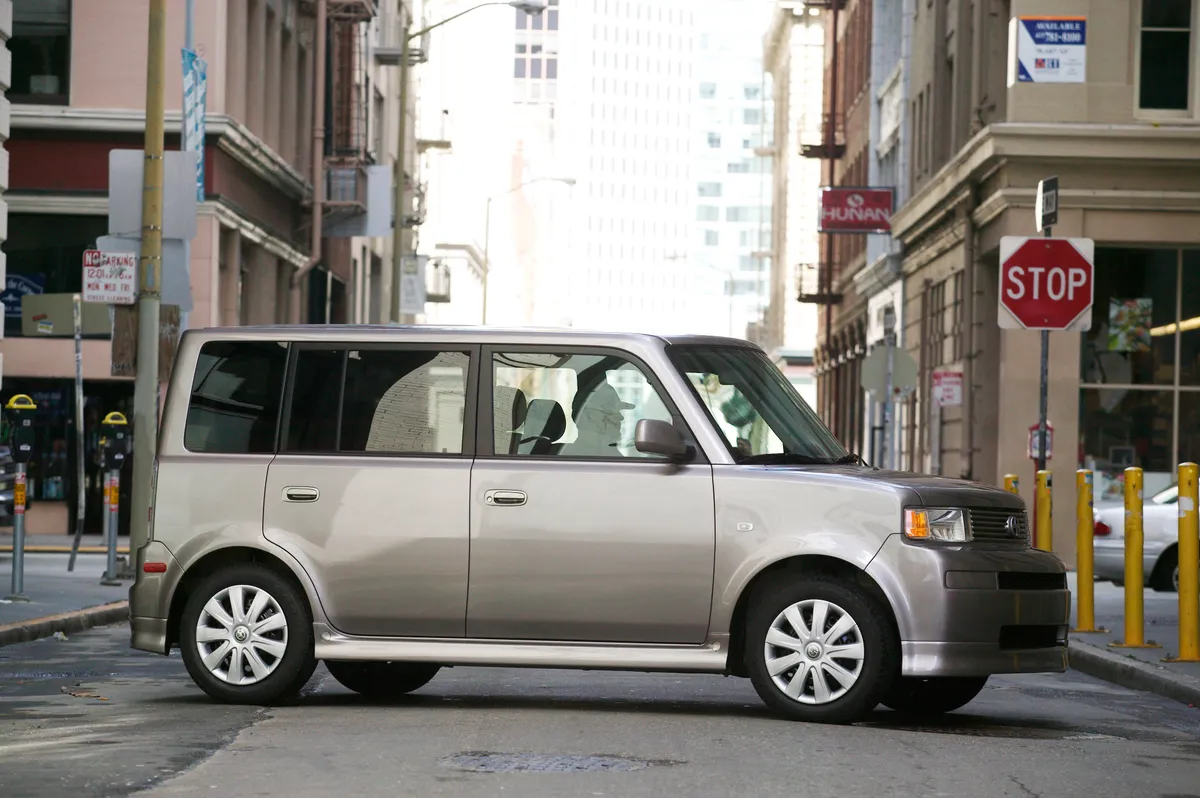
2004–2006 Scion xB
Boxy, quirky, and incredibly reliable—the original Scion xB is a cult classic for good reason. Built on a Toyota platform, it shares a lot of parts with the Corolla and Matrix, which means it’s easy and cheap to maintain. Despite its funky appearance, it’s super practical.
The xB’s interior is deceptively roomy, with tons of headroom and cargo space. The fuel economy is excellent (around 30 mpg), and owners often brag about hitting the 200,000-mile mark without major issues. It’s especially popular among delivery drivers and city dwellers for its nimble size.
Because of its unique design, the xB has a loyal fan base, and parts are still easy to find. It’s a great choice for someone who wants something different without giving up Toyota’s trademark reliability.
7 Used Cars That Should Be Crushed
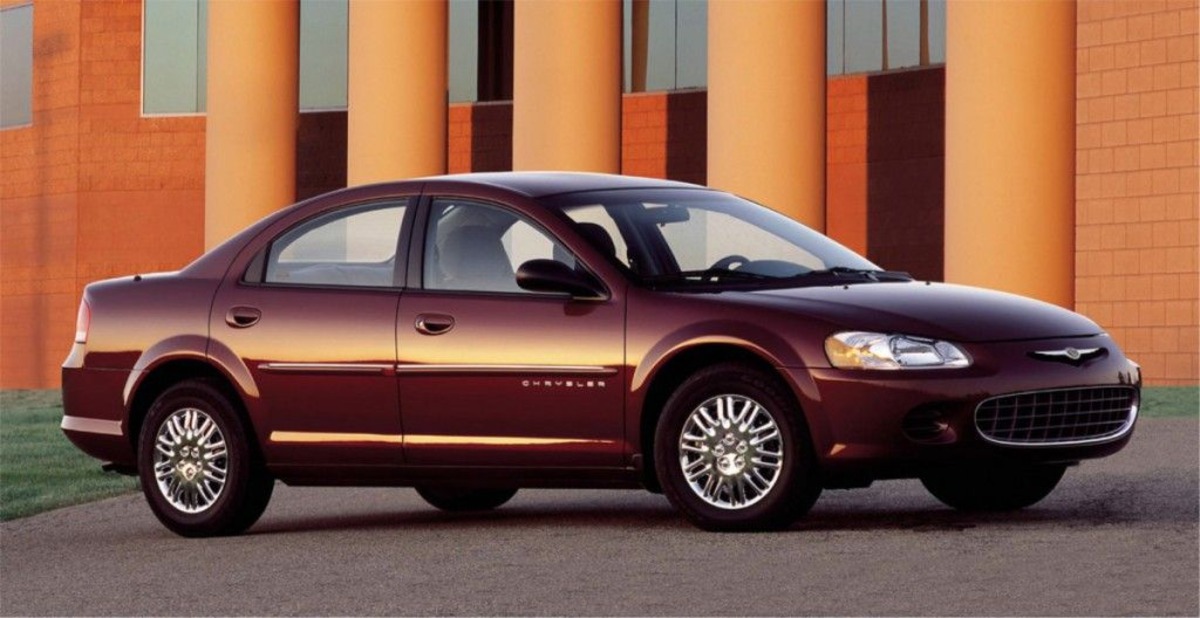
2001–2006 Chrysler Sebring
The Sebring is a car that promises style but delivers headaches. From shoddy interior materials to engine and transmission problems, this car is infamous among mechanics. Even in pristine condition, it’s not worth the risk.
One of the biggest complaints is its unreliable 2.7L V6 engine, which is prone to oil sludge buildup and catastrophic failure if not meticulously maintained. Combine that with a weak automatic transmission and frequent electrical glitches, and you’ve got a recipe for disaster.
Mechanics often refer to the Sebring as a “frequent flyer” in the shop. Even at under $2,000, it’s not a deal—it’s a liability. Unless you enjoy endless repairs and hard-to-find parts, steer clear.

2005–2010 Chevrolet Cobalt
The Cobalt may look decent on paper, but in the real world, it’s riddled with problems. Most famously, it was the subject of a major ignition switch recall that affected millions of vehicles. But even beyond that, it’s plagued with build quality and safety concerns.
Interior trim falls apart, electrical gremlins are common, and the base models feel cheaply made. While it does offer decent gas mileage, it comes at the cost of comfort, safety, and peace of mind. Acceleration is lackluster, and the suspension feels dated.
Many owners report odd issues like doors not closing properly, windows getting stuck, or power steering randomly cutting out. You can do better—even at $3,000.
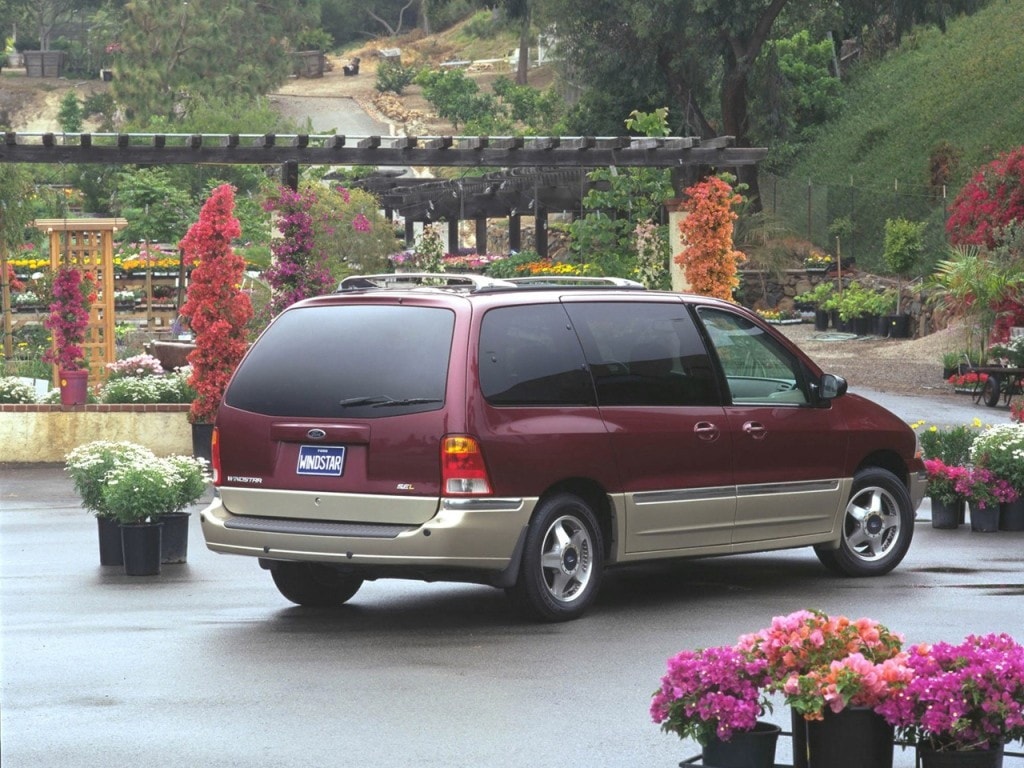
1999–2003 Ford Windstar
The Windstar was supposed to be Ford’s answer to the minivan boom, but it ended up being one of their biggest flops. The transmission is notoriously weak, often dying before 100,000 miles, and the rear axle is known to snap from rust in salt-belt states.
The 3.8L V6 was another pain point, with head gasket failures and intake manifold issues that led to overheating and engine failure. Throw in terrible gas mileage and clunky handling, and it’s hard to see any upside.
Even if you find a Windstar in “great condition,” odds are it won’t stay that way for long. There’s a reason they’ve mostly vanished from the road.
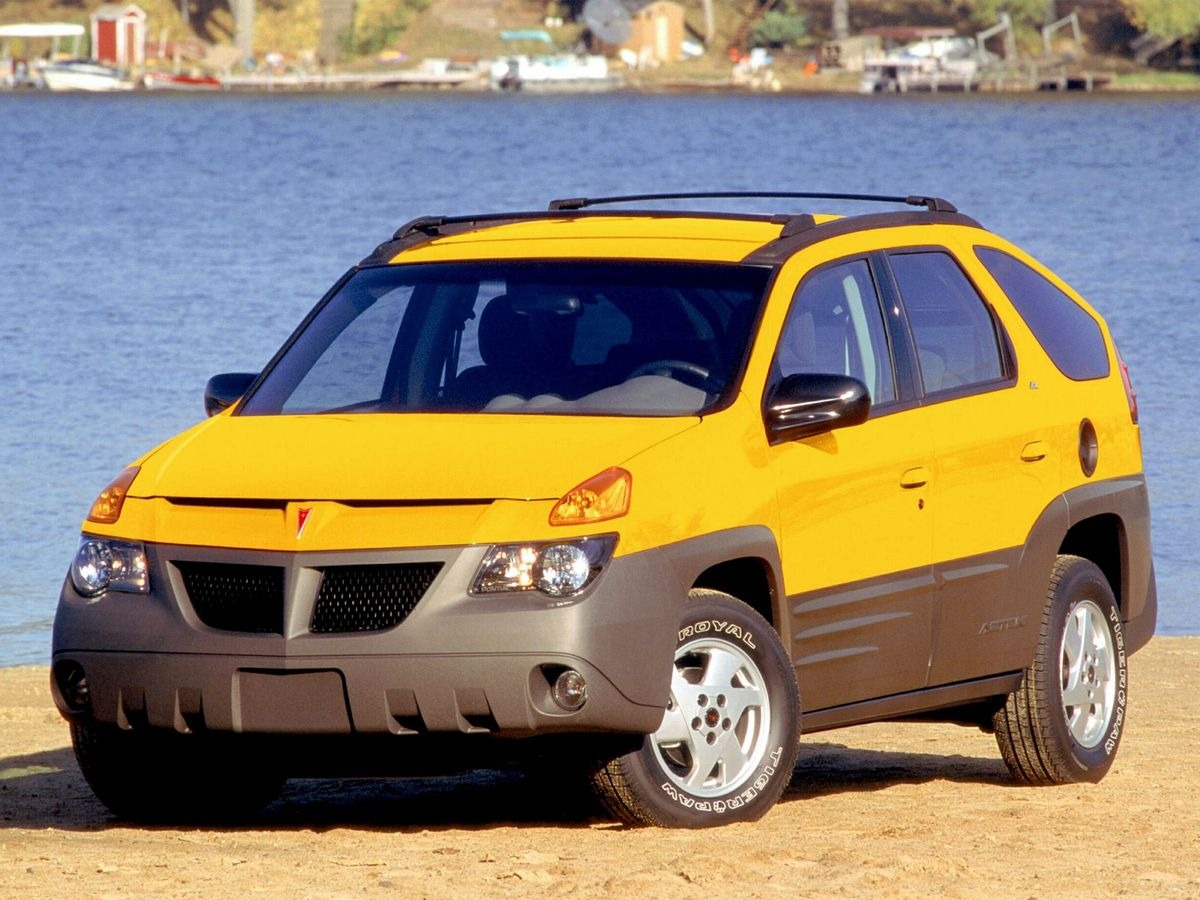
2001–2005 Pontiac Aztek
The Aztek may have become a cult favorite thanks to Breaking Bad, but don’t let TV fame fool you—it’s a mechanical mess wrapped in a polarizing design. GM tried to pack in too much tech and style for the time, and it shows in how badly this vehicle aged.
Underneath, the Aztek shares parts with other GM SUVs of the era, but with added weight and electronics that frequently fail. From faulty wheel bearings to leaky head gaskets and electrical system meltdowns, the Aztek is more of a science project than a practical ride.
The design, which was panned even when new, doesn’t help resale value or owner pride. It may have camping flair and decent cargo space, but everything else is a compromise. Most Azteks left on the road are on borrowed time—and duct tape.
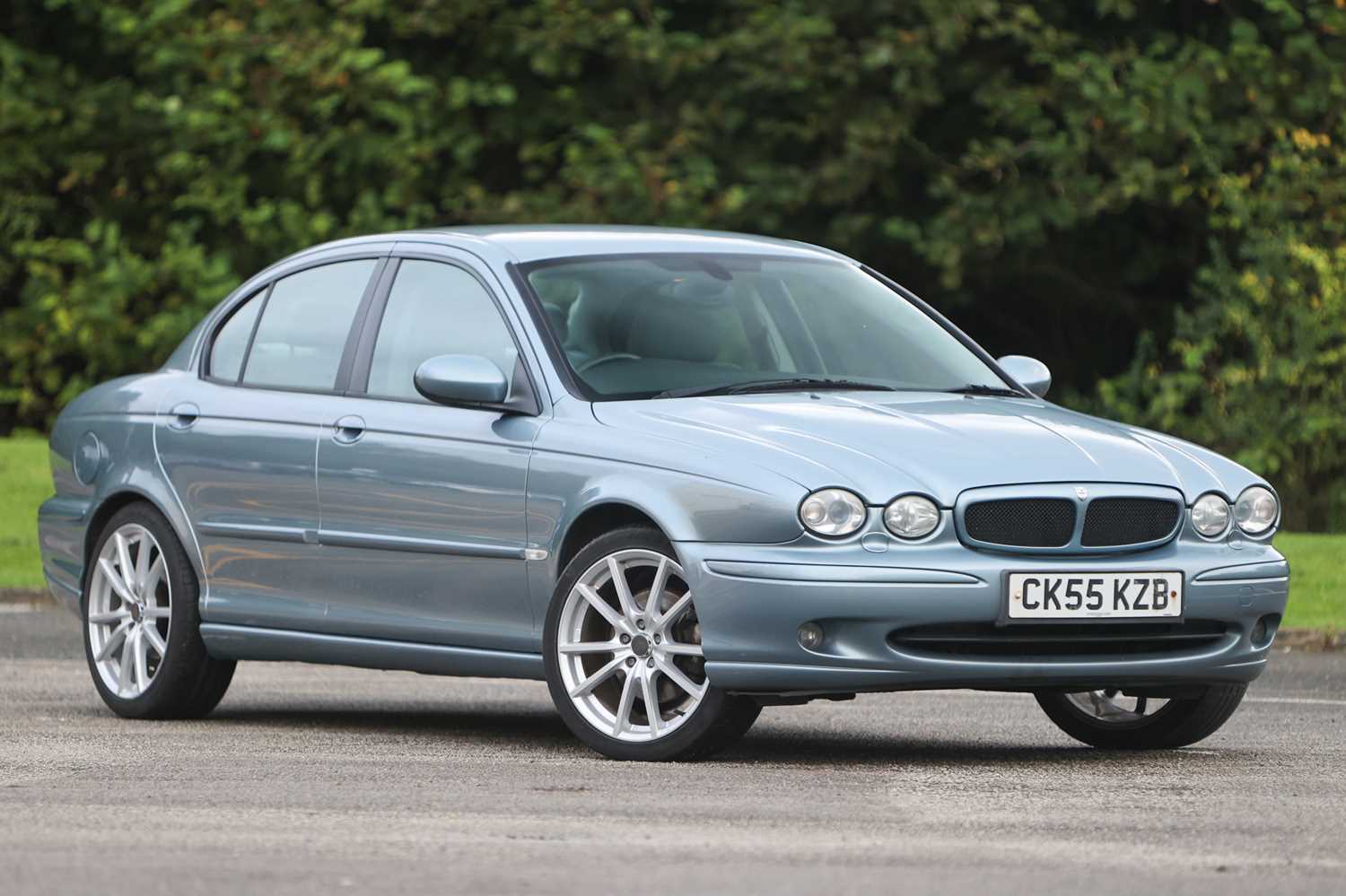
2002–2006 Jaguar X-Type
Luxury for cheap? Tempting, yes. Smart? Not even close. The Jaguar X-Type is the definition of a bad bargain. It might look elegant and have a prestigious badge, but this British sedan is notorious for reliability issues that make it a wallet black hole.
The X-Type was built using a Ford Mondeo platform with all-wheel drive added, and while that might sound solid, it created a car that was difficult to service and unreliable. Transmission issues, failing differentials, and electrical chaos are common.
Parts and repairs cost a fortune, and you’ll need both regularly. Mechanics often describe it as “a car with champagne taste and a malt liquor budget.” Avoid it unless you have deep pockets or a very twisted sense of humor.
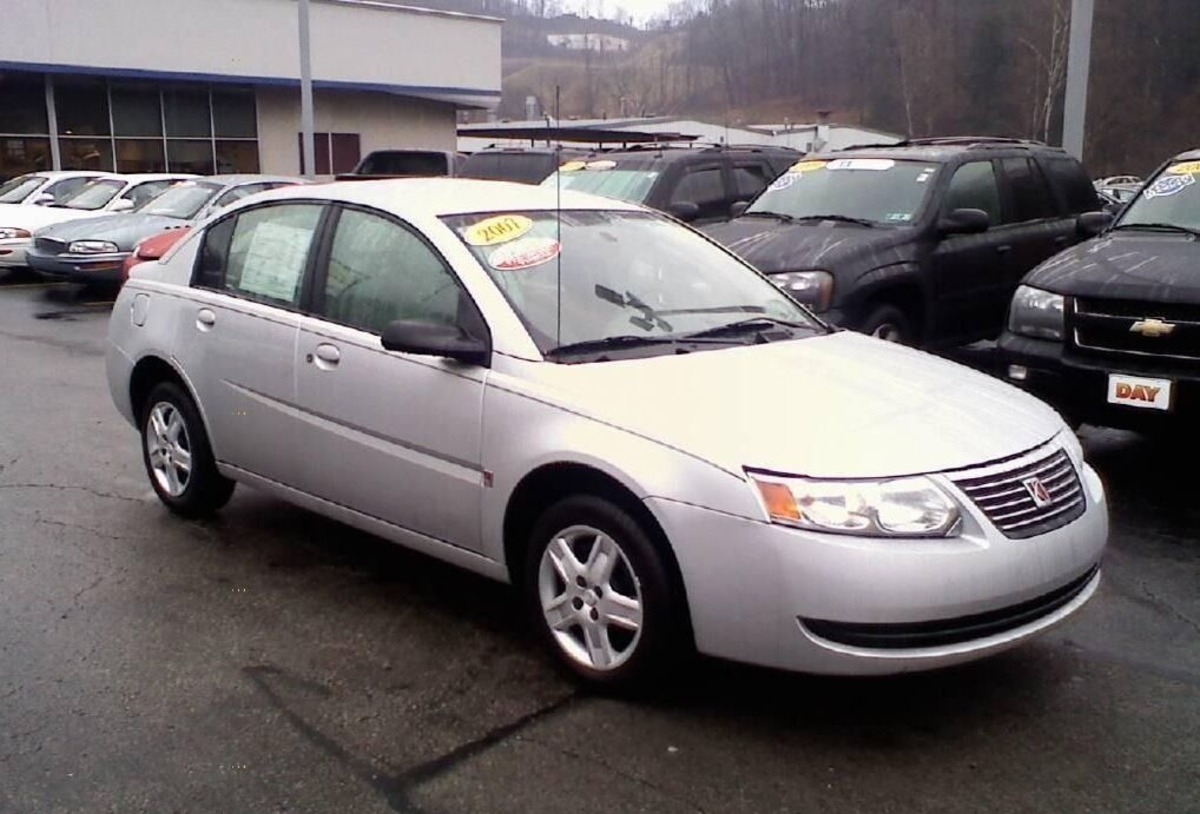
2003–2007 Saturn Ion
The Saturn Ion was GM’s attempt at building a futuristic compact on the cheap—and it shows. With an awkward interior layout (remember the center-mounted instrument cluster?) and poor crash ratings, this car never really stood a chance.
The Ion’s biggest problem is build quality. From the clunky ignition switch (another GM recall) to noisy engines and weak suspensions, it feels like it was rushed out the door. Owners often complain about poor visibility, plastic interiors, and underwhelming power.
While you might find one for under $2,000, it’s not worth the money saved. The cost of repairs and the sheer annoyance of owning one outweigh the low sticker price. There are better, safer options in the same price range.

2001–2004 Oldsmobile Alero
The Oldsmobile Alero was part of GM’s last attempt to save the Oldsmobile brand—and it didn’t work. Though it looked sleek at the time, the Alero quickly became known for cheap materials, awful reliability, and constant repairs.
Common issues include failing power window motors, faulty turn signals, and an electrical system that’s more confusing than a math final. The 3.4L V6 engine suffers from intake gasket failures, leading to coolant leaks and engine damage. Not ideal if you’re trying to avoid surprise expenses.
Despite its sporty styling, the Alero is the definition of a “money pit in disguise.” Parts are harder to come by now that Oldsmobile is defunct, and mechanics often groan when one shows up. If you see one on the lot, walk away slowly, then run.
Also Read: 10 SUVs That Are Overbuilt in the Best Way Possible With Power, Luxury, and Road Dominance
Buying a used car for under $7,000 doesn’t mean you’re doomed to drive a clunker. With the right knowledge and a bit of patience, you can score a reliable, efficient, and even fun vehicle that fits your needs and your budget.
Models like the Honda Civic, Toyota Prius, and Scion xB prove that age and price don’t always equate to poor quality.
On the other hand, some used cars should be avoided like a pothole on the freeway. Vehicles like the Chrysler Sebring, Pontiac Aztek, and Jaguar X-Type might look tempting at first glance, but they come with a heavy cost in repairs, frustration, and safety concerns.
Before you buy, always do your homework. Get a pre-purchase inspection, research common problems for the model you’re considering, and talk to real owners whenever you can.
The right car is out there—it just might take a little digging to find. But once you do, you’ll have the peace of mind that comes with knowing you dodged the lemons and picked a winner.

